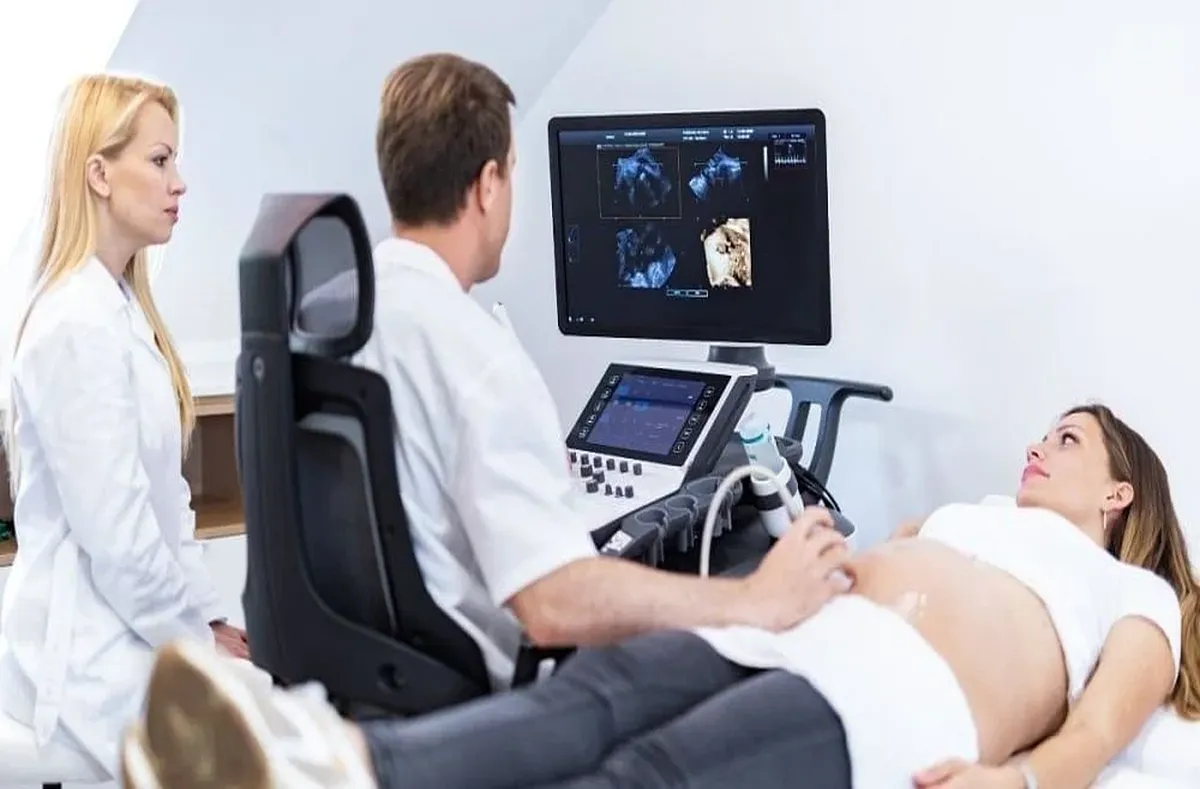This report presents a novel technique for treating pediatric nephrolithiasis, specifically in a 12-year-old female patient with cystinuria who was found to have a left lower pole stone burden measuring 1.7 centimeters during surveillance imaging. After discussing management options with her parents, the decision was made to proceed with miniaturized percutaneous nephrolithotomy (mini-PCNL). Prior to the procedure, the patient was pre-stented to facilitate access. Utilizing the Storz MIPS set with a 16 French outer sheath, the surgical team employed a high-powered Holmium laser with pulse modulation for efficient lithotripsy. The patient was positioned in the modified supine split-leg (Valdivia) position for the procedure.
Access was obtained following the method described by Giusti et al., which included a retrograde pyelogram to visualize the renal anatomy and determine the optimal puncture site and trajectory for stone removal. After establishing access, antegrade and retrograde pyeloscopy were performed, leading to complete stone retrieval. The operation lasted 2 hours and 26 minutes, with minimal estimated blood loss and a total fluoroscopic radiation exposure of 0.56 gray. The patient was observed overnight with an indwelling Foley catheter, which was removed the next day. She was discharged on postoperative day 1 and scheduled for follow-up in two weeks for stent removal. Postoperative imaging was conducted using ultrasound to minimize radiation exposure, revealing no evidence of obstruction or significant residual stone burden.
Mini-PCNL has been shown to offer lower postoperative pain, higher rates of tubeless procedures, and reduced complications, making it a favorable option for pediatric patients, particularly those with genetic predispositions to stone formation who may require multiple interventions over their lifetime.










